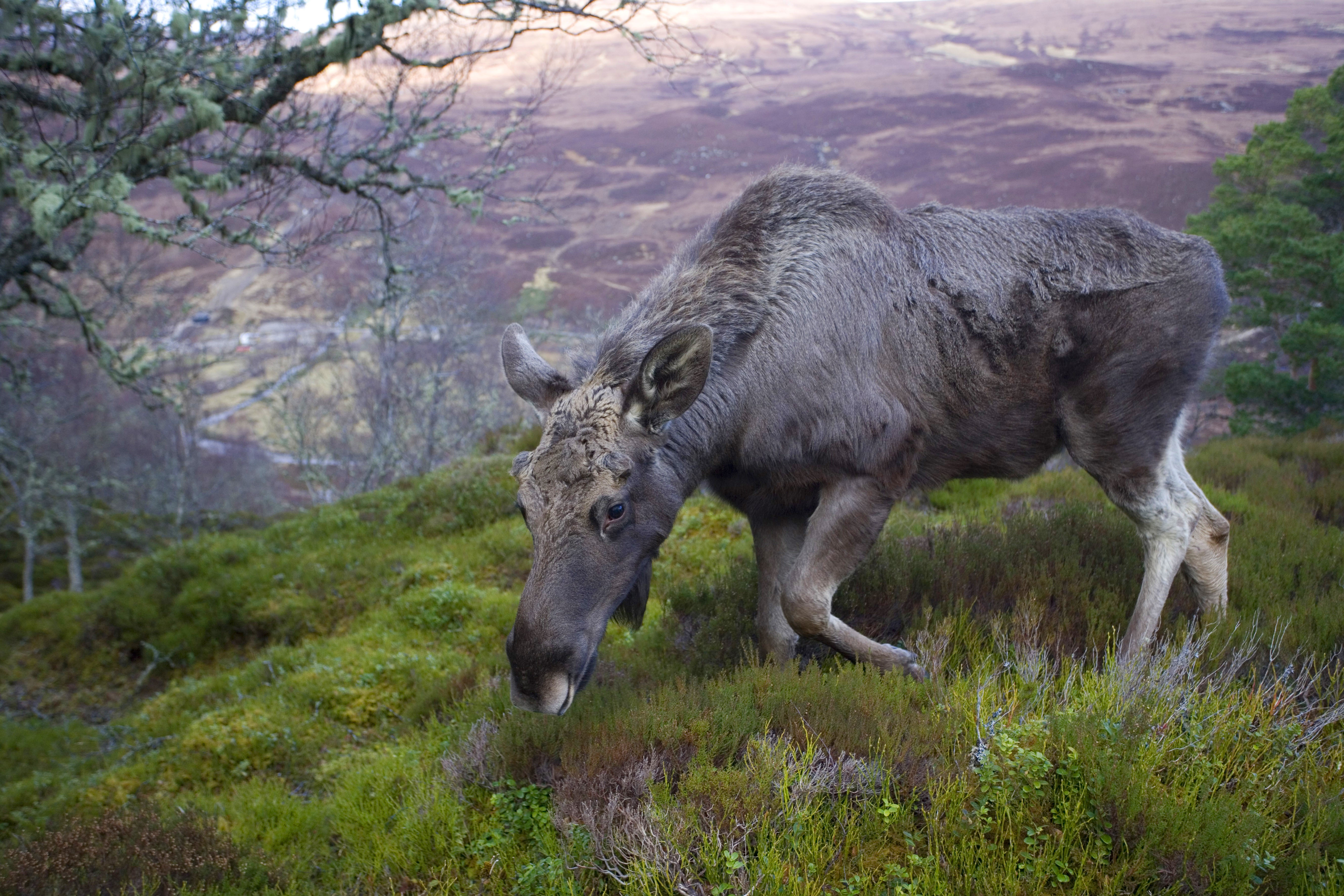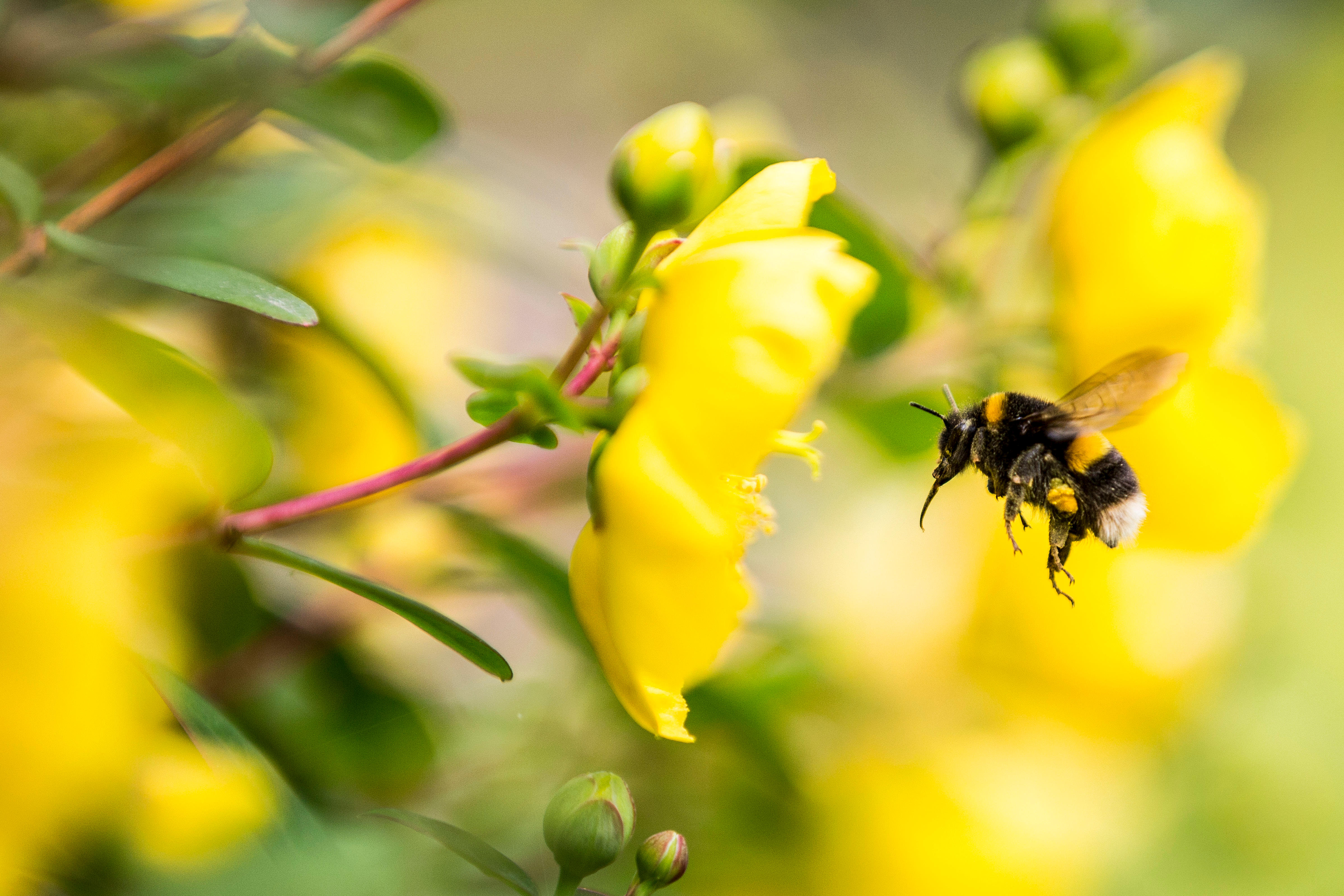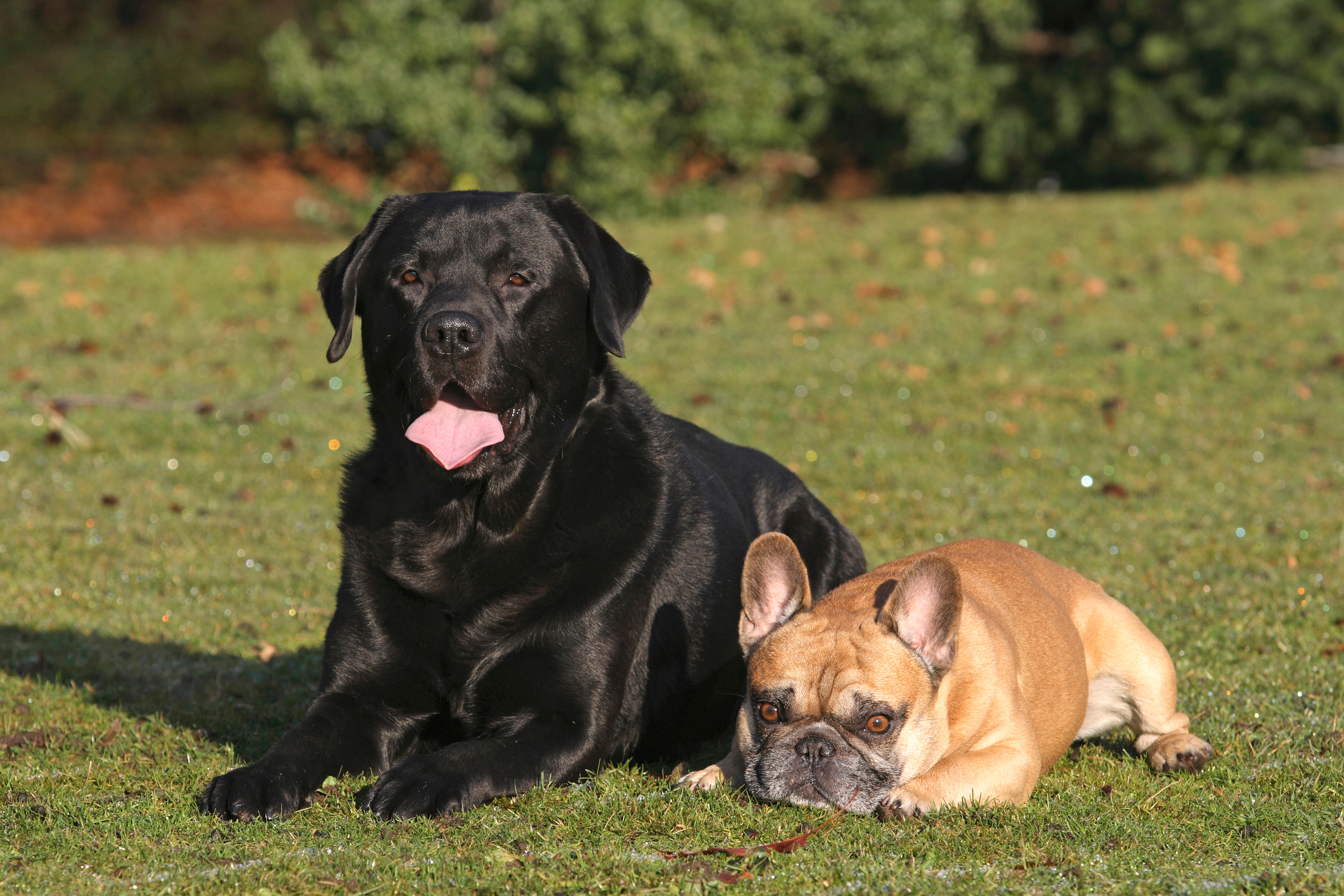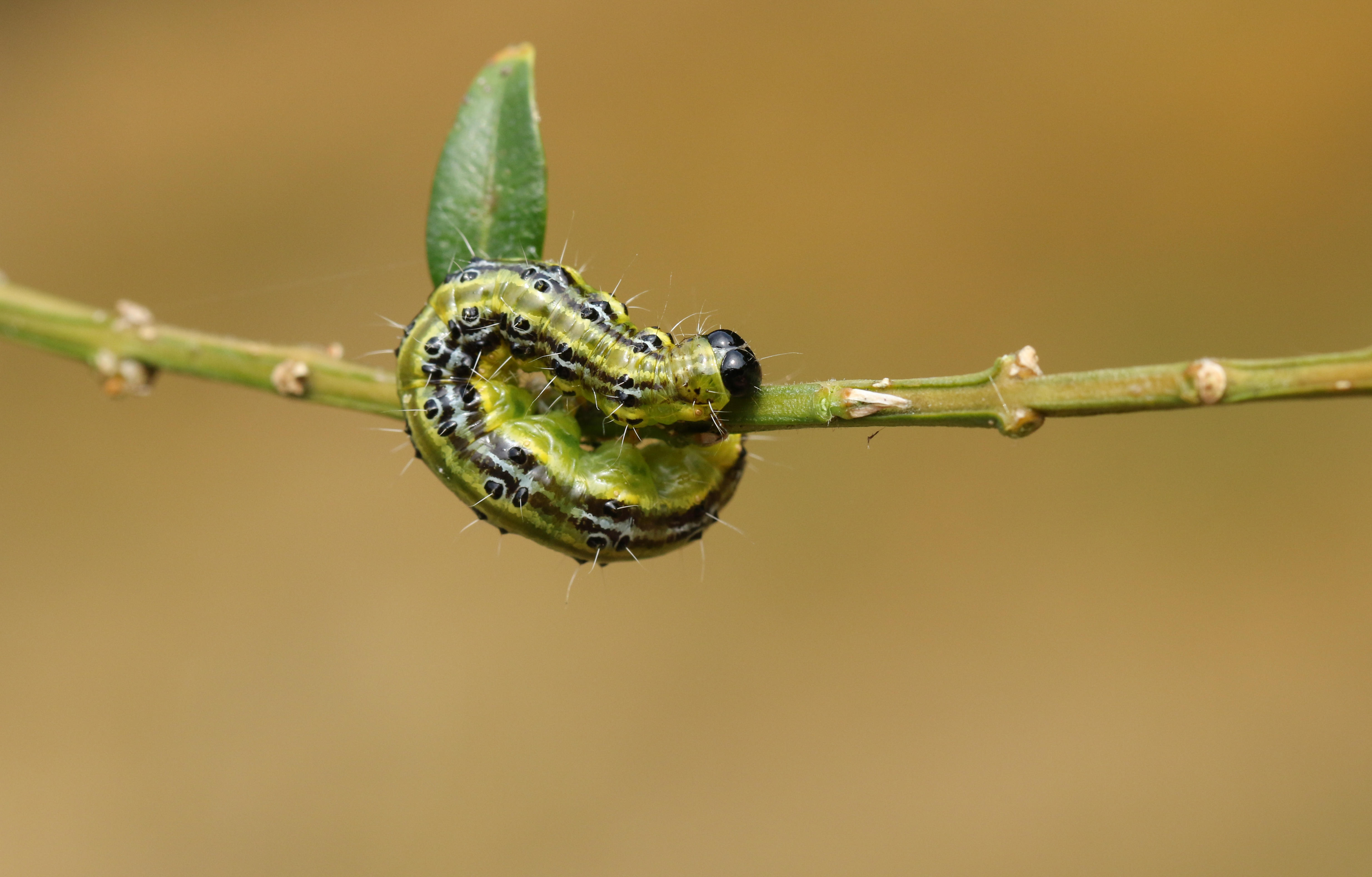Country Life Today: How elk could save the Scottish countryside, a recent outbreak of disease in bee hives and the enduring appeal of a fixer-upper
Today we discover how the reintroduction of an extinct species could be just the ticket for Scotland's tourism trade, how to combat the newest threat to our bee population and just what nature is doing to fight the ever-increasing amount of technology in our skies.


The return of the Elk could fight Scotland's economic decline
Most recently carbon-dated to Scotland over 4,000 years ago and widely considered extinct for at least the last 3,000 years, the reintroduction of the Elk into Scotland is now considered to be a method of fighting the economic decline of the country and injecting capital back into the countryside.
Thought to have died out in Scotland as a result of human pressures (As the largest-living deer species Eurasian Elk have a lot of meat on their bodies and would have been prime targets for ancient hunters), they were reintroduced to the Highland Wildlife Park near Kingussie in 2007, after which the first Elk was born in Scotland for the first time in an estimated 1,000 years.

Conservationist and author Ben Macdonald claims that the reintroduction of the species, especially to hunting estates, would create more lucrative hunting opportunities and increase eco-tourism, as well as boosting bio-diversity in the country.
'It’s about restoring the land to a more natural and beautiful state.' Mr Macdonald, who worked with famed natural historian David Attenborough on Our Planet, said. 'British people are so attuned to that: we have three million bird watchers in this country. The nature lobby, if you like, spend billions each year.' He believes that Britain should take cues from the estates of other countries, who manage a wide range of wildlife in a sustainable way.
Mr Macdonald also mentioned how Elk could do their own part for the environment itself by naturally maintaining the forests which 5,000 years ago reached Shetland and the Western Isles but were more than half-gone by the Roman invasion of AD 82 and now cover only 4% of the country, thanks to human demands on timber from the 17th century right up to the Industrial Revolution.
Although extinct in Scotland, there are large amounts of Elk elsewhere in Europe and Asia and the future of the species is not currently considered to be under threat.
Full Story - The Times (subscription required)
Exquisite houses, the beauty of Nature, and how to get the most from your life, straight to your inbox.
Picture of the day: Nature takes control of the skies once more
Bee on your guard

Bee keepers across Scotland are being asked to be vigilant after a West Lothian apiary came down with European Foulbrood (EFB). Good hygiene and bee keeping are thought to stop the disease, which was discovered after testing conducted by Science and Advice for Scottish Agriculture.
With the recent trend in bee keeping, it's imperative that keepers practice good husbandry and inform bee inspectors (yes, the Scottish government does have some!) at the slightest sign of disease.
Stat of the day
8,000
The number of empty rural and urban homes in the UK alone according to the The Empty Homes Agency.
Homes which have fallen into a state of disrepair have a feeling of romanticism of them but prospective owners are warned to be wary; they often hold hidden problems, making it very important to check over a property carefully before purchase.

Full story - The Times (subscription required)
See Country Life's round-up of six country houses in need of a little tender love and care.
And finally... Quote Of The Day
'Certainly there was no sailor who ever sailed salt water but who smiled – and still smiles – at the idea of the "unsinkable ship"'. - Charles Lightoller, in Titanic and Other Ships
On this day in 1911, the RMS Titanic moved down the slipway and into the sea at Belfast, its actual port of origin. Although the Titanic's infamous journey in 1912 began at Southampton, both the Titanic and its sister ship, the Olympic, were constructed at Belfast Harbour, virtually in tandem with each other.

Country Life Today: The war on plastic takes aim at drinking straws
In today's news round-up, we look at the latest efforts to tackle plastic pollution; worrying update on what might happen

Country Life Today: The billion-year-old fungi that could rewrite the story of evolution
Fungi has been discovered that could change the story of how life evolved; an insider's guide to spotting seals; how

Country Life Today: Bumblebees still reeling after 'Beast from the East', and the eagle that broke the internet

Country Life Today: Britain's most popular dog, how birdfeeders changed Britain and getting arrested for pebble-picking
The Kennel Club have released their latest stats on dog registration; the RHS are warning about a potential new garden

Country Life Today: The incredible difference buying British can make, a heroic rescue and the raccoon dogs invading England
Today we find out just how much better buying British can be; witness the heroics of the painter and decorator

Credit: Getty / EyeEm
Country Life Today: The coming of the Age of Man – the first epoch defined by Man's impact on the environment
The arrival of the Anthropocene as a proposed new global era; a call to re-wild deer-stalking fields in Scotland; how

Country Life Today: Box caterpillars knock slugs off top spot in the RHS's list of pests — but is hope at hand?
This morning we report hope in the fight against box caterpillars, take a look at what really happens when wolves
